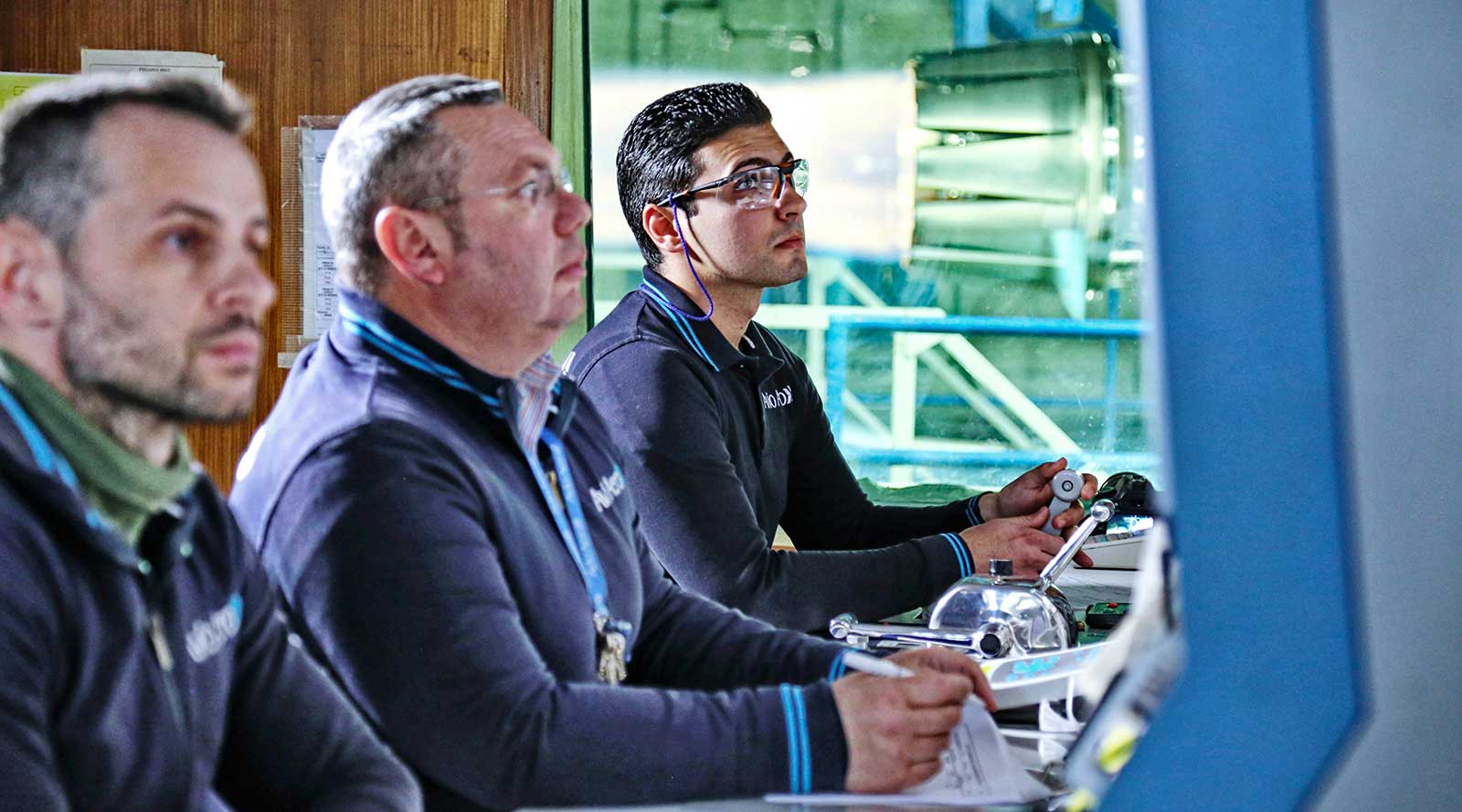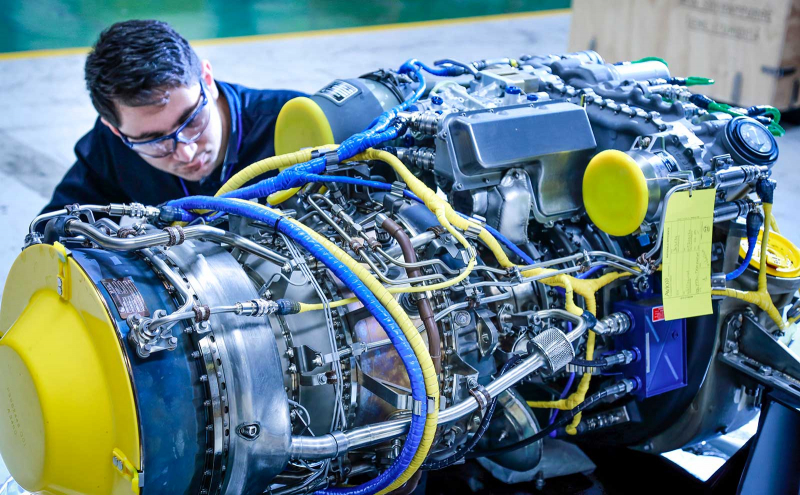Aviation
From Tempest to future engines and drones
Highlights from the speech given by Avio Aero CEO Riccardo Procacci to the Italian Senate Defence Committee concerning Italian participation in the Common European Security and Defense Policy.
Jul 2020
The aeronautics sector will play a leading role in the future of joint European defense and Avio Aero has always been involved in European development programs in the military aeronautics sector. In our sector, civil and military expertise are often interdependent and participation in both the Tornado program and then, above all, the largest European military aeronautics program, the Eurofighter program, have made it possible to increase the value and skills of the sector with positive repercussions in terms of expertise, competitiveness, and market presence.
Over the last twenty years, proper management of the favorable economic situation, with opportunities for skills development through participation in European defense programs and expansion of the civil air transport market, has led to an unprecedented leap in quality, competitiveness and the extraordinary growth of Avio Aero, along with the Italian aeronautical propulsion sector, of which it is the leader.
Given the international scenario, there is a clear need to move quickly to close the significant technology gap with regard to the United States in the aeronautical sector which could otherwise become too wide to bridge. European companies have an extraordinary ability to develop frontier technologies and there is no reason to believe that Europe cannot close the technology gap should the decision be taken to pursue this objective.
For these reasons, Avio Aero is looking with great interest at the launch of new collaborative aeronautical programs, specifically the upcoming aircraft program to develop a sixth-generation fighter, scheduled to enter into service by 2035-2040 and which will replace most of the fourth-generation fighters currently in use in the main European countries.
Leaving aside, for one moment, considerations related to the use of military aircraft and, instead, focusing on the technological and industrial plan, it is useful to highlight at least three reasons why aviation plays a leading role. Firstly, aerospace systems are characterized by a very high rate of innovation, making them one of the main drivers of technological development, with major spin-offs across different sectors (one example of this is additive manufacturing). Secondly, in terms of employment, the total workforce in just the United States and Europe is almost 1.2 million, most of whom are skilled. Thirdly, the development of the aeronautics industry is one of the most important strategic objectives in European and international industrial policies, and there is close interdependence between civilian and defense markets.
Precisely for this reason, it is surprising that in the pilot programs to promote military research technological development, PADR and EDIDP, launched in this two-year period by the European Union - excluding the funds allocated by direct procedure to "prime contractors" of the European Euromale drone program - the aeronautics industry occupies a marginal role, while propulsion is, in fact, absent. The European ambition for defense is also inspired by a Capability Development Plan in which one of the ten priority areas is "air superiority"; it would therefore be unusual if the joint programs, and in particular the future activities financed by the European Defence Fund, did not set out a development plan for sixth-generation propulsion systems.
There are therefore a number of proposals that could help strengthen both Italian participation in European defense programs and the aeronautics industry as a whole. A starting objective could be to give greater stability to the support by the institutions to participation in European initiatives: longer-term planning, multiannual commitments, stability of choices, certainty and continuity of investments over time. Italian industry can do more to improve its capacity for innovation and play an important role at a European level, but it needs certainty to be able to guide its investments in research and development, as well as production choices.
Italian industry can do more to improve its capacity for innovation and play an important role at a European level, but it needs certainty to be able to guide its investments in research and development.
We could then look at using the newly created Recovery Fund, also called Next Generation EU, to relaunch industrial initiatives in the defense sector. The criteria initially proposed by the European Commission allows Member States to allocate resources to projects for the development of the European Defense Technological and Industrial Base. In the ongoing discussion at European level, Italy could support this solution. The recovery time for the crisis in the aviation sector is estimated at around three years and we therefore call upon the institutions to consider active support measures, even in a technologically interdependent sector.
There is also a need for immediate action to prevent Europe and Italy from falling behind in the field of aeronautical propulsion. The Italian Government can first of all support the inclusion of research and development activities in the area of aeronautical propulsion, looking at technologies for sixth-generation systems, within the framework of the European Defence Fund (EDF) 2021-2027 “Work Programme”, under discussion in recent months between the Member States and the Commission.
Lastly, when assessing the options and alliances for the upcoming program for a sixth-generation fighter aircraft, it is essential that priority is also given to those programs that involve national industries with a role of high technological value, so that they can continue to play a leading role and position themselves as not merely suppliers of labor. As a result of the technological and innovative content that characterize it, the development of a new combat aircraft constitutes an event which is capable of redefining the industrial geography of the aeronautics sector. Initiatives that limit the possibilities for industrial collaboration and only offer new participants marginal and subordinate roles, even if initiated by European nations, are not in the interests of either Italian industry or fully-fledged European programs.






